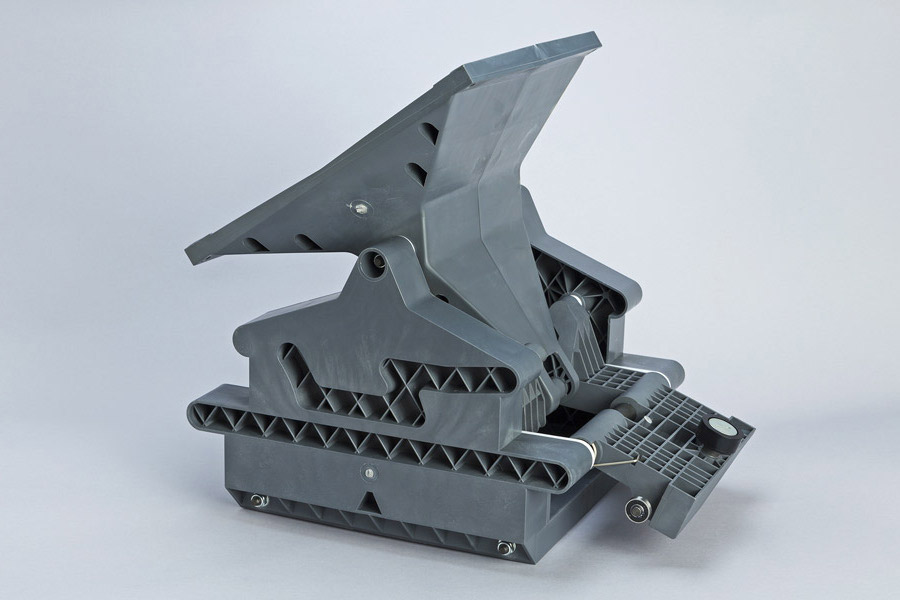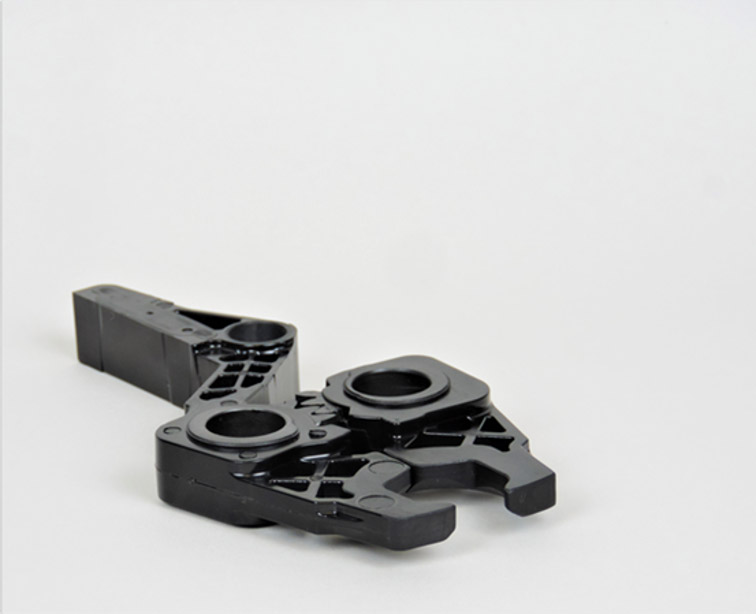

In the context of lightweighting through plastics involves the strategic use of plastic materials to reduce weight, improve efficiency, enhance performance, and promote sustainability through the reduction of energy and resources consumption and CO2 emissions.
It’s a multidimensional approach that considers not only the reduction in weight but also the overall impact on the product’s functionality, cost-effectiveness, and environmental footprint.
Lightweighting means intervening to reduce the weight of a product and can be achieved through:
Each advantage has specific implications depending on the application and industrial context.




Also known as Polymers for engineering applications or Super-polymers, they are the most used in Metal Replacement, have outstanding properties such as high strength, high continuous service temperature, impact strength, dimensional stability, very high chemical resistance, etc.
Depending on the application requirements to be made, different types of polymers are used. In case of previous overdesign, also Technopolymers or some Commodities polymers can be used in Metal Replacement.
The application sectors are numerous and constantly evolving.
In recent decades, Metal Replacement has had particular success in the various sectors of mobility: from automotive to aerospace, from nautical to railway, from agricultural and industrial, all in the race towards the structural lightweighting aimed at energy consumption containment. It is also becoming foundamental in the transition to electric mobility, to compensate the very high weight of batteries.
Metal Replacement is widely used in the manufacturing industry thanks to the above mentioned advantages that increase competitiveness, allow very good performances and improve environmental sustainability.
Ghepi is certified:

Ghepi is certified:
